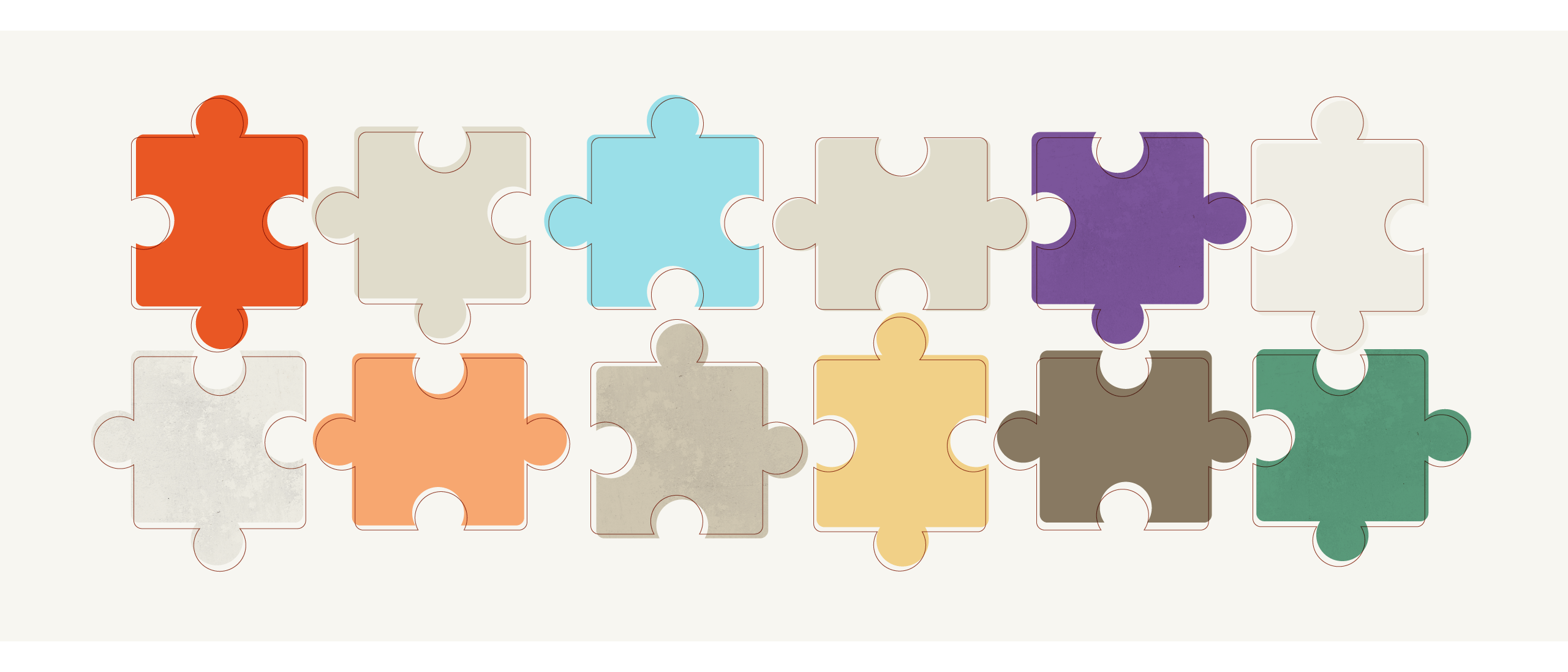Clarify Your ‘Why:’ Plus 4 More Steps to Starting an ERG
June 21, 2023
Celebrate, Advocate, Educate: Mineral Pride 2023
June 28, 2023Clarify Your ‘Why:’ Plus 4 More Steps to Starting an ERG
June 21, 2023
Celebrate, Advocate, Educate: Mineral Pride 2023
June 28, 2023June is National Safety Month, annually sponsored by the Centers for Disease Control and Prevention to highlight efforts to prevent injury “in the workplace and any place.” At Mineral, helping our small business clients protect and maintain workplace safety is a key pillar to delivering on our mission to Elevate teams every day. In honor of National Safety Month, this post is the third in a multi-part series to aid small businesses in building and expanding a culture of safety.
As you work to improve your organization’s safety culture, it’s important to have with a clear action plan rooted firmly in your safety mission and specific safety goals. Without it, you’ll end up responding reactively to issues as they arise rather than proceeding proactively with a cohesive roadmap for achieving your goals. A risk assessment is an effective tool for helping design your safety roadmap, resulting in actions that will help build momentum and drive continuous improvement.
9 reasons to conduct a workplace safety risk assessment
1. Find hidden hazards. First and foremost, the basic purpose of a risk assessment is to identify hazards in your workplace, determine what risks they pose to employees and outline a plan for eliminating or mitigating the hazards so that they don’t result in safety incidents. In the process of conducting risk assessments, you’ll get a closer look at systemic problems that lead to safety concerns and discover the norms and beliefs that influence your organization’s safety culture.
2. Build rapport with employees. By rolling up your sleeves and getting out into the operations to conduct a risk assessment, you’ll have an opportunity to engage with employees about their work. Some questions to ask:
“What is the next injury waiting to happen?”
“What safety issue at work keeps you up at night?”
“What change(s) would you suggest to make your job safer?”
You’ll get to know what really goes on behind the scenes while creating an opportunity for employees to express their opinions about what works well and what frustrates them. This dialogue will help you build rapport with the employees and open lines of communication to get the critical feedback that you need to drive culture change around workplace safety.
3. Boost employee engagement in safety. By providing key input during risk assessments, employees will be able to voice their concerns and be heard. As they notice improvements being made based on their feedback, they will start to feel part of the solution, taking ownership of changes and ultimately be more encouraged to speak up in the future.
4. Prioritize improvements with the greatest potential impact. It’s a tale as old as time: When you ask questions, you’ll get answers. Throughout the risk assessment process, you’ll receive feedback and input from employees and other business stakeholders. While likely all important toward fulfilling your safety mission, those priorities and suggestions may compete for organizational resources. The assessment process allows you to prioritize matters by what constitutes the highest risk, so that you’re putting your energy where it can make a meaningful impact rather than simply a big impression. A risk assessment will provide a framework for your plans and help you communicate why you are prioritizing certain actions over others.
5. Prevent incidents before they occur. Risk assessments are proactive by design and help you get ahead of any issues before an incident occurs. You don’t wait to wait for an injury to decide to make workplace conditions safer. A safe workplace invites process improvements, greater efficiencies and helps recruit and retain top talent, ultimately making your business more successful.
6. Uncover compliance gaps and training needs. Through the process of conducting risk assessments, you’ll discover working conditions and practices that don’t meet safety standards such as OSHA requirements that are designed to keep workers safe on the job. These compliance gaps will help provide some context for corrective actions you implement going forward. In addition, by comparing what is actually happening in the work area to company standards and expectations, you’ll also realize where training and communication may be lacking.
7. Uncover root causes of incidents. Risk assessments give you a chance to take a deeper dive into the causes of injuries that often get overlooked during accident investigations. It’s common to hear shallow accusations like an employee “wasn’t paying attention” or “made a poor decision,” which are often subjective and biased. By looking at the source of risks in the work areas, you’ll expose the root causes, underlying conditions and beliefs that led up to an incident. This information is invaluable when trying to make lasting change.
8. Develop safe work procedures and standards. Risk assessments provide some background for establishing company safety policies and developing standard operating procedures. You will have objective evidence and background for establishing how work should be done, what equipment will be used, the precautions employees need to take and how the company will handle problems as they arise.
9. Reaffirm safety as a core value. The results of a risk assessment provide an opportunity for leaders to talk to employees about their commitment to safety and what is being done to make improvements. By acknowledging hazards that exist and the plan for mitigating safety risks, companies can be transparent about their activities and their plans for improving the work environment.
Up next: Key Components of an Effective Workplace Safety Risk Assessment.
The post 9 Reasons to Use Risk Assessment to Design a Workplace Safety Program appeared first on Trust Mineral.
